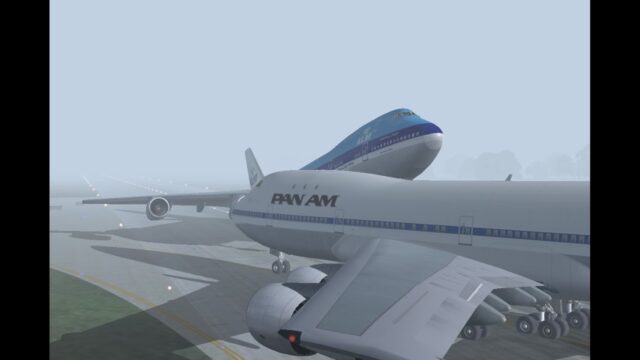Jan 17, 2022 – Halit ÖZDEMİR

Two Boeing 747 passenger jets smashed on the runway at Los Rodeos Airport (presently Tenerife North Airport) on the Spanish Island of Tenerife, Canary Islands, on March 27, 1977. The crash killed 583 people, making it the deadliest aviation accident in the historical record. The Tenerife crisis has provided a clear example for analyzing the processes and frameworks used in aviation mishap investigations and prevention of accidents due to the complicated interaction of organizational influences, environmental factors, and unsafe acts lead – up to this aircraft mishap. Many planes were diverted to Los Rodeos Airport due to a bomb blast at Gran Canaria Airport and the threat of a second explosion. KLM Flight 4805 and Pan Am Flight 1736 – the two aircraft involved in the accident – were among them. Air traffic controllers at Los Rodeos Airport had no other choice than to park some of the aircraft on the taxiway, trying to block it.
While authorities waited for Gran Canaria to reopen, a high-density fog evolved on Tenerife, significantly reducing visibility. The parked aircraft on Tenerife’s taxiway forced both 747s to taxi on the island’s single runway in order to take off when Gran Canaria officially opened. The fog was so dense that neither plane could see the other, and the ATC couldn’t see the runway or the two 747s on it.
Because the airport lacked ground radar, the controller had to rely on voice reports over the radio to determine where each plane was. Since the crash happened on Spanish territory, Spain was in charge of the investigation. The crash involved planes from the United States and the Netherlands, both of which conducted their own investigations. The main reason for this crisis, as the analysis of the investigation, was the captain of the KLM flight taking off without permission from (ATC). According to the investigation, the captain didn’t purposely take off without approval; rather, he mistakenly thought he had clearance to take off due to the confusion between his flight and the controllers.
German investigators tended to concentrate on this more than their American and Spanish counterparts, but KLM eventually admitted their crew was to blame for the accident, and the airline recompensed the victims’ families financially. The accident had a long-term impact on the industry, especially in the communication sector.
Controllers and pilots alike tended to concentrate on using standardized phraseology in ATC communication, reducing the possibility of misunderstandings. As part of these changes, the term “takeoff” was removed from common usage and is now only used by ATC when a plane is cleared to take off or when that same clearance is canceled. Less knowledgeable flight crew members were encouraged to challenge their captains when they presumed something was wrong, and captains were commanded to listen to their crew and weigh all choices on the basis of crew concerns.
This idea was later spread into what is now identified as crew resource management (CRM), and training is now required for all airline pilots to prevent any sort of accidents.




